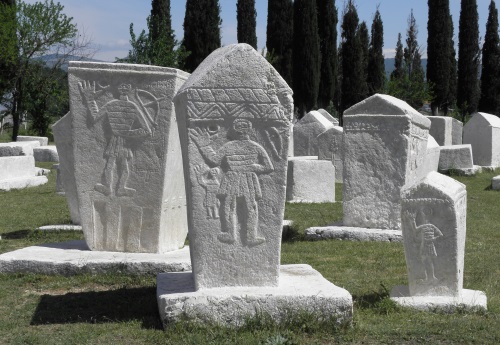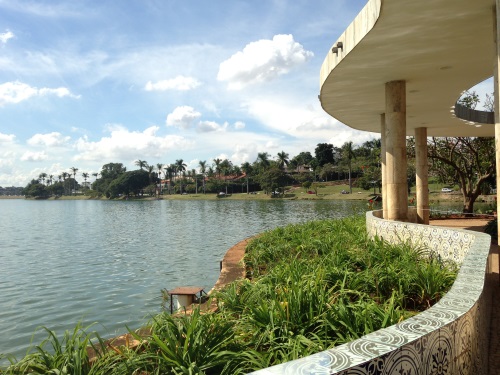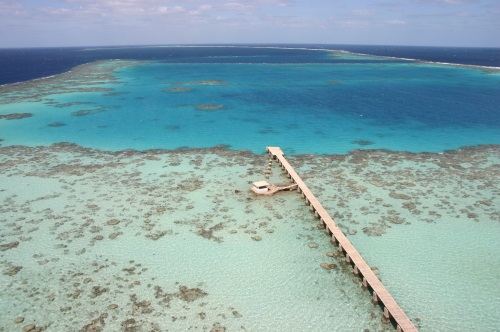Blog WHS website
10 Bits of Trivia about the WHS of 2016
The WHC Session of 2016 was one to remember, due to the coup attempt happening in Turkey overnight right in the middle of discussion about the new WHS. However, the Committee managed to finish that agenda item before everybody flew home again. 21 new sites were selected – a mixed bunch. Find below some aspects that warrant a closer look.
 |
| Steccí in Bosnia Herzegovina - one of the new WHS |
1. Year of the architects
Long awaited were the nominations of the Works of Le Corbusier and those of Frank Lloyd Wright. The latter discussion had an unprecedented cliffhanger when it couldn’t be finished on Friday and the Saturday session was cancelled. All to no avail: the FLW sites have been referred. A third renowned architect, Brazilian Oscar Niemeyer, in all quietude walked away with a second WHS centering on his works: after Brasilia, now Pampulha.
2. The world’s largest salamander
One of Hubei Shennongjia’s claims to fame is that it is home to the world’s largest salamander: the Chinese giant salamander. It is fully aquatic and can reach a length of 180 cm. The species is critically endangered (like the Mountain Gorilla and the Mount Kahuzi Climbing Mouse). It can also be encountered at two other Chinese WHS, Wulingyuan and Mount Wuyi.
3. Antigua is the 25th SIDS to gain a WHS
Small Island Developing States (SIDS) are low-lying coastal countries that tend to share similar sustainable development challenges. There are 52 recognized SIDS, of which Antigua is the 25th state to win a WHS listing. The Caribbean SIDS are well-covered, while the Pacific ones are lagging behind with only 7 out of 20.
4. The oldest WHS?
So far we had 3 sites in our Timeline from the Proterozoic, the oldest stage in history covered by a WHS. With the addition of Mistaken Point, 580-560 million years old, we have an additional one. So which one is the oldest of the 4? I’m no expert at this, but I learned that Mistaken Point is ‘Ediacaran’ (a phase within the neoproterozoic). The winner seems to be Vredefort Dome, dating from the paleoproterozoic and over 2 billion(!) years old.
 |
| One of Niemeyer's works in Pampulha (photo by Ian Cade) |
5. More diving destinations
With the Revillagigedo Archipel and Sanganeb, two prime but remote diving destinations have entered the list. We actually already have so many of these that we can easily make a Connection out of it. How about Cocos Island, the Rock Islands, Belize, Tubbatha and Great Barrier Reefs, Aldabra Atoll, Malpelo and the Galapagos?
6. A Giant Head
Included in the Antequera Dolmen WHS is the ‘La Peña de los Enamorados’ mountain. It is mostly known for its anthropomorphic profile that resembles a gigantic human head looking up to the sky.
7. Land of the Marsh Arabs
ICOMOS did not like the combination of the Mesopotamian Marshlands with the old Sumerian cities such as Ur into one single nomination: the Ahwar of Southern Iraq. Lead by Lebanon (always the one to hand-out an incentive for effort or international cooperation) it was voted in unanimously by the WHC as the first serial mixed property on the List. Its connection with the Marsh Arabs (immortalized by Wilfred Thesiger in one of my favourite books of all time) is mostly associative though.
8. Apples and walnuts
Sometimes Outstanding Universal Value is hard to explain. Western Tien-Shan is a Central Asian mountain range similar to the adjacent and already inscribed Xinjiang Tianshan. But suddenly there it is: its walnut-fruit forests are considered to be the largest of this type in the world! And then there is the Siverse’s Apple tree "which of all wild apple species is considered the progenitor of today’s variety of apples".
9. Missing WHS
From the Missing List we compiled in 2014, a further 4 sites have now been inscribed as a WHS: Ur (part of Ahwar of Southern Iraq), Works of Le Corbusier, Nan Madol and Kangchendzonga National Park .
 |
| Sanganeb Reef (photo by Bram de Bruin) |
10. Most and least visited of the new ones
After a week, 15 out of the 21 new WHS already have been claimed by WH Travellers. Only the Works of Le Corbusier are an easy tick (so many locations in various accessible countries). All the others need an off-the-beaten-track approach. Mexico's Revalligedo Archipel seems the most difficult, it is even a candidate for the “takes more than 5 days to visit”-connection. I haven’t found a cruise yet that will do it within this time limit.
Els - 23 July 2016
Comments
Meltwaterfalls 27 July 2016
I like this breakdown, it is rather fun without getting too "Buzzfeed-y".
I'm glad Bastille had a nice trip to Istanbul, it must have been a strange atmosphere with the coup, glad you got to Bursa it is a lovely place.
Batsile, Botswana 26 July 2016
I attended the recently ended 40th Session of the World Heritage Committee in Istanbul, Turkey and had that rare opportunity to visit the historic old town of Bursa and Cumalikizik. What a rich cultural heritage this place holds in trust for humanity!! What a landscape of rolling highlands with beautiful cloud forests-it reminded me of Ngorongoro Crater highland forests in Tanzania.
July 15, 2016 had two unforgettable experience for Turkey and the world, but I cherish it for the inscription of Ani as a UNESCO World Heritage Site.
Thanks to UNESCO for organising the tour and a million thanks to Bursa Metropolitan Municipality and the people of Bursa for their hospitality.
Els 24 July 2016
Regarding the SIDS: Assif just pointed out rightly that Antigua isn't the 25th, but the 26th or 27th (shared this year with Nan Madol/Micronesia). We had overlooked Kiribati (Phoenix Islands). Also, 9 out of 20 Pacific members now have WHS.
Kyle (winterkjm) 23 July 2016
Thanks Els! Slowly but surely, sites from the Top Missing list are being inscribed.
clyde 23 July 2016
Interesting trivia with a good overview of this year's new inscriptions. Well done!
Colvin 23 July 2016
That's some great trivia about the newly inscribed sites!